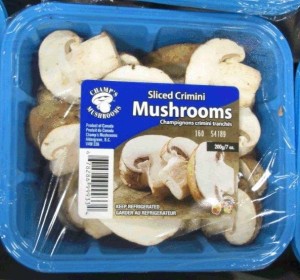We love it, take it for granted, and yet water can be the source of horrific outbreaks, like E. coli O157 in Walkerton, Ontario, Canada.
 A total of 175 waterborne outbreaks affecting 85,995 individuals were notified to the national outbreak surveillance systems in Denmark, Finland and Norway from 1998 to 2012, and in Sweden from 1998 to 2011. Between 4 and 18 outbreaks were reported each year during this period.
A total of 175 waterborne outbreaks affecting 85,995 individuals were notified to the national outbreak surveillance systems in Denmark, Finland and Norway from 1998 to 2012, and in Sweden from 1998 to 2011. Between 4 and 18 outbreaks were reported each year during this period.
Outbreaks occurred throughout the countries in all seasons, but were most common (n = 75/169, 44%) between June and August. Viruses belonging to the Caliciviridae family and Campylobacter were the pathogens most frequently involved, comprising n = 51 (41%) and n = 36 (29%) of all 123 outbreaks with known aetiology respectively.
Although only a few outbreaks were caused by parasites (Giardia and/or Cryptosporidium), they accounted for the largest outbreaks reported during the study period, affecting up to 53,000 persons. Most outbreaks, 124 (76%) of those with a known water source (n = 163) were linked to groundwater. A large proportion of the outbreaks (n = 130/170, 76%) affected a small number of people (less than 100 per outbreak) and were linked to single-household water supplies. However, in 11 (6%) of the outbreaks, more than 1,000 people became ill.
Although outbreaks of this size are rare, they highlight the need for increased awareness, particularly of parasites, correct water treatment regimens, and vigilant management and maintenance of the water supply and distribution systems.
Waterborne Outbreaks in the Nordic Countries, 1998 To 2012
Eurosurveillance, Volume 20, Issue 24, 18 June 2015
B Guzman-Herrador, A Carlander, S Ethelberg, B Freiesleben de Blasio, M Kuusi, V Lund6, M Löfdahl, E MacDonald, G Nichols, C Schönning, B Sudre, L Trönnberg, L Vold, J C Semenza, K Nygård
http://www.eurosurveillance.org/ViewArticle.aspx?ArticleId=21160









